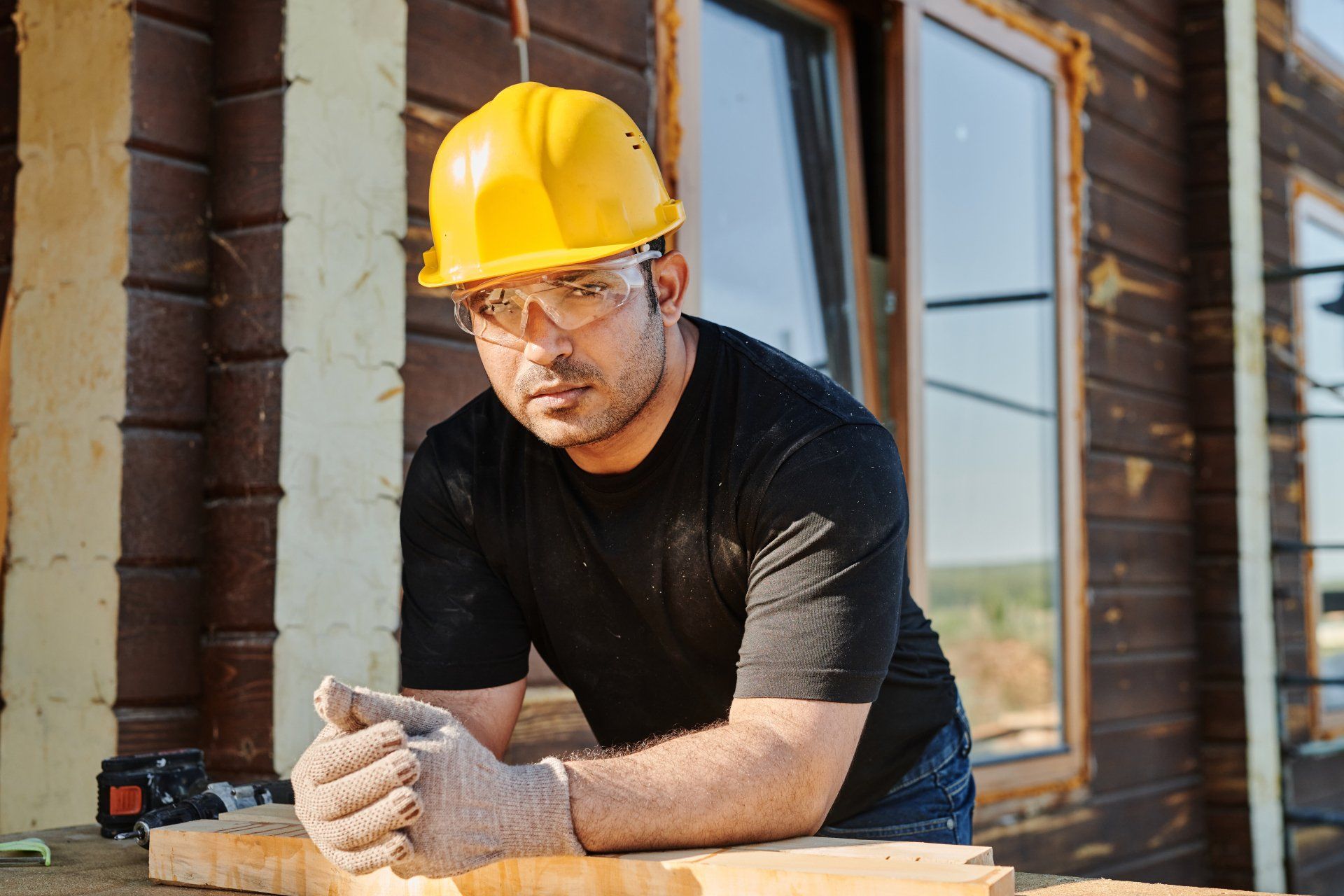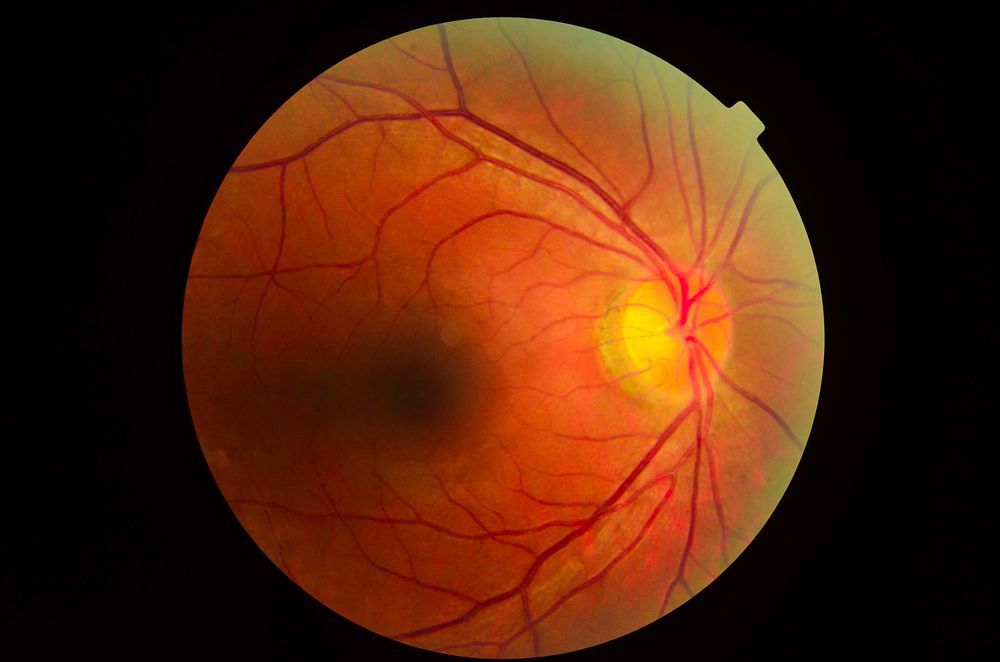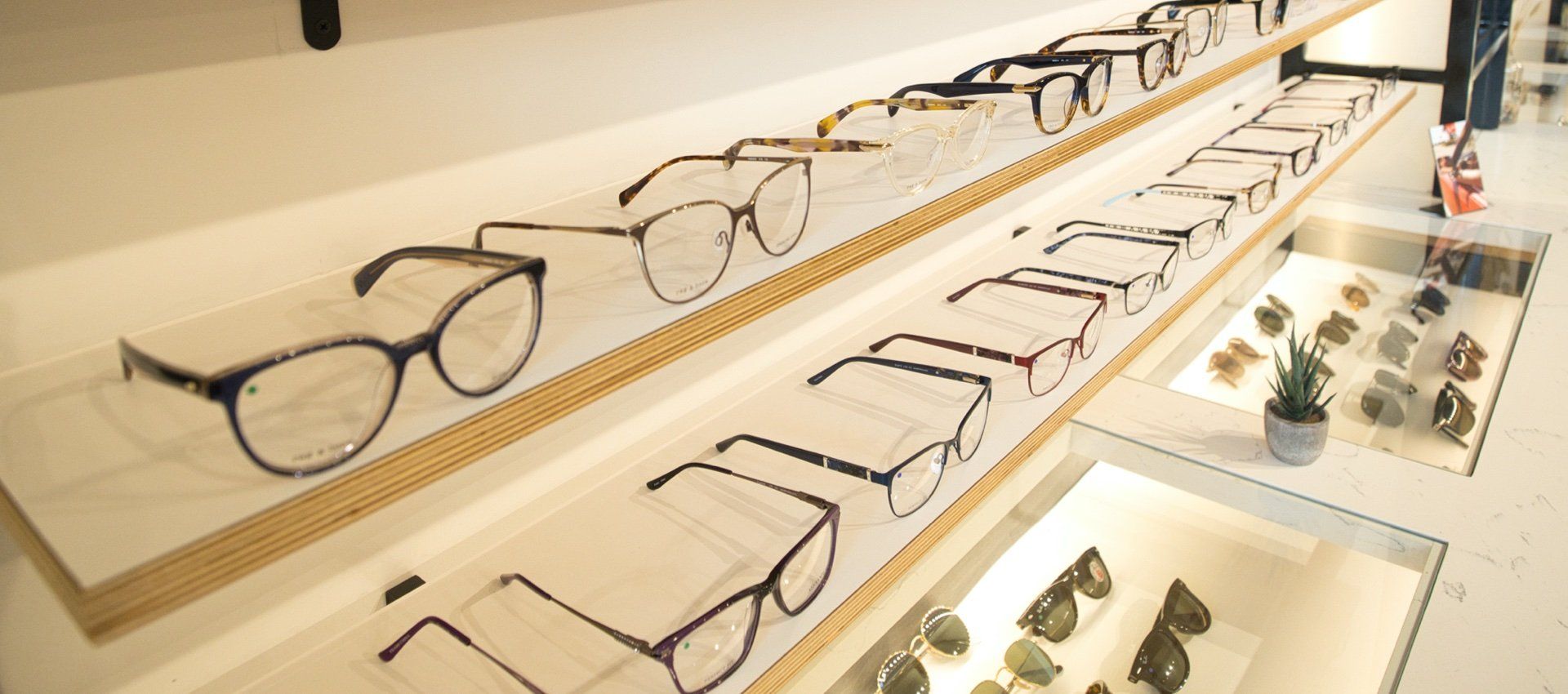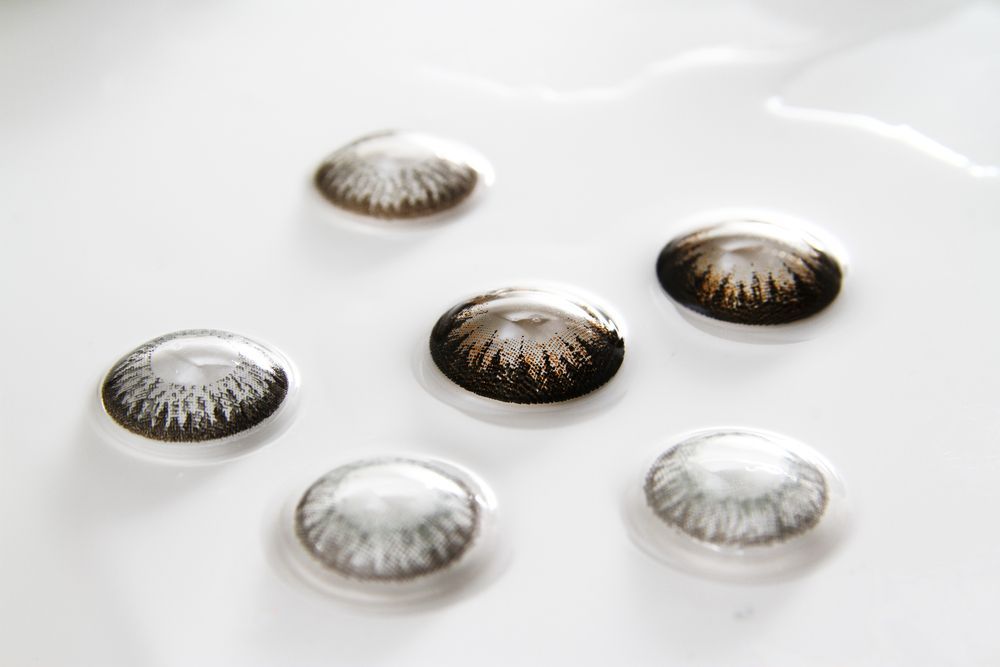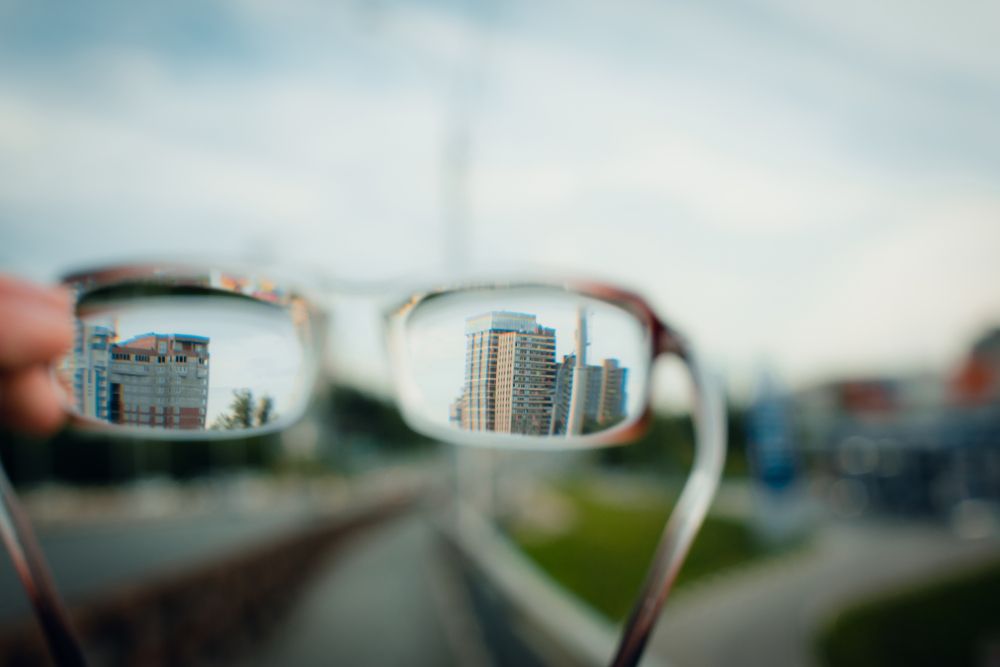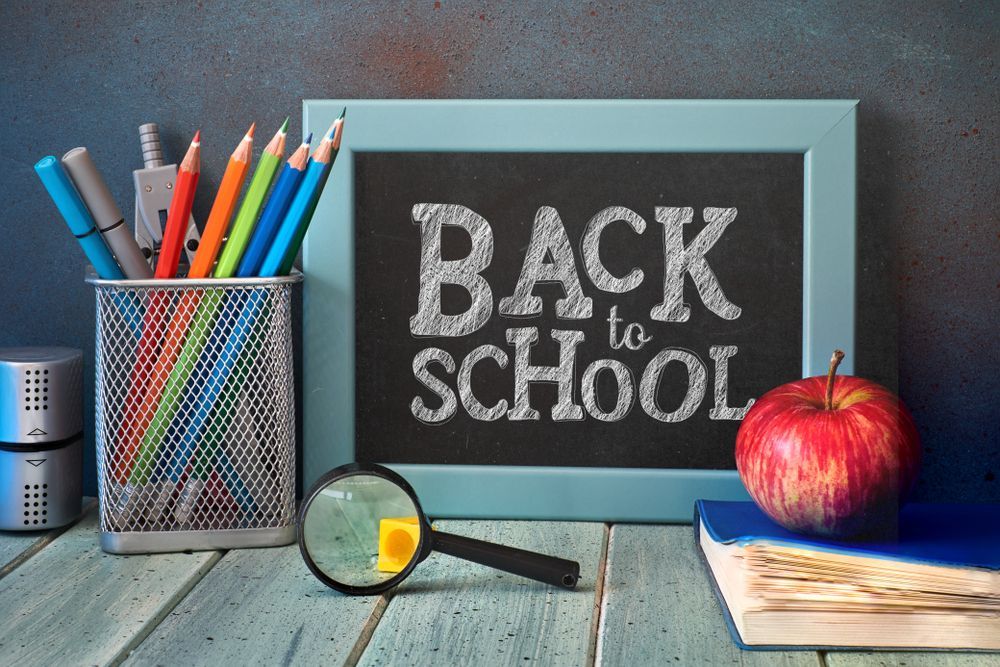Protecting your eyes isn’t just about preventing disease or infection. Did you know almost 2,000 people injure their eyes daily while at work? Workplace eye wellness and safety is an often overlooked but important part of eye health preservation. In fact, the Prevent Blindness organization has declared the entire month of March Workplace Eye Wellness Month to help provide awareness to both employers and employees alike.
IIdentifying Jobs that Require Eye Protection
In the world of occupational safety, eye protection is often overlooked, yet it's crucial across various industries. Whether you're on a construction site, in a laboratory, or even in certain healthcare settings, the right protective eyewear is essential to prevent eye injuries.
The Occupational Safety and Health Administration - better known as OSHA - requires the use of protective eyewear in any environment where there is a reasonable probability of injury that could otherwise be prevented by eye and/or face protection.
Occupations with a high risk for eye injuries include:
- Construction and Carpentry: Workers are exposed to dust, debris, and flying particles.
- Manufacturing, Engineering and Auto Repair: Sparks, metal fragments, and chemicals pose risk.
- Healthcare and Laboratory Work: Exposure to infectious materials, splashes, and hazardous chemicals is common.
- Welding and Metalworking: Intense light and heat, as well as sparks and spatter, require special eye protection.
- Culinary and Food Processing: Hot oils and potential splatter can cause eye injuries.
Types of Safety and Protective Eyewear
Choosing the right type of protective eyewear is critical. At Blake Bush Family Eye Care, we offer a variety of Z87 rated safety glasses and goggles, equipped with polycarbonate lenses for durability and shatter resistance. Our safety eyewear complies with the American National Standards Institute (ANSI) standards. Look for the Z87 stamped on the lens or frame.
Properly fitting safety glasses are essential for providing adequate protection. It is also important to ensure that eye protection devices are well-maintained. Scratched and dirty devices can impair vision, create glare, and potentially contribute to accidents.
The specific protective eyewear required will vary based on the potential hazards in your work environment. Typical safety eyewear options include:
- Safety Glasses- The most basic form of protection, perfect for typical work settings with minimal hazards such as dust particles. Available with both prescription and nonprescription lenses, safety glasses may appear like regular eyewear but must adhere to the standards set by the American National Standards Institute (ANSI).
- Goggles-Offer more comprehensive protection. They're essential in environments where there's a risk of chemicals splashing, or fine, airborne materials.
- Face Shields-Used alongside safety glasses or goggles for extra protection against large particles or chemical splashes.
- Welding Helmets and Shields-Specifically designed to protect against intense light and heat, as well as sparks and spatter from welding.
- Specialized Eyewear-For those working with lasers or in radiological environments, specialized eyewear is essential to protect against specific types of light or radiation.
Different work environments require different levels of protection. Always consult workplace safety guidelines to ensure the eyewear you choose meets the necessary standards. For more information, visit the AOA's Guide to Protecting Your Eyes at Work.
Your eyes are invaluable and protecting them at work should be a top priority. If you're unsure about the right type of protective eyewear for your job, or if you've experienced an eye injury at work, don't hesitate to contact us.
Book an appointment for a professional consultation, and ensure your eyes are well-protected. Remember, when it comes to workplace safety, your eyes are your most valuable asset!

